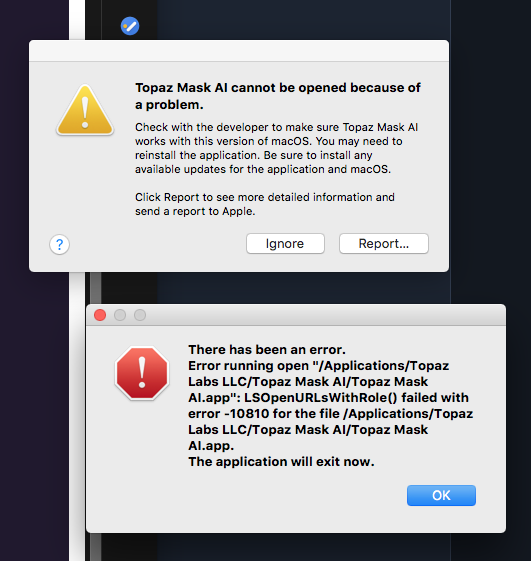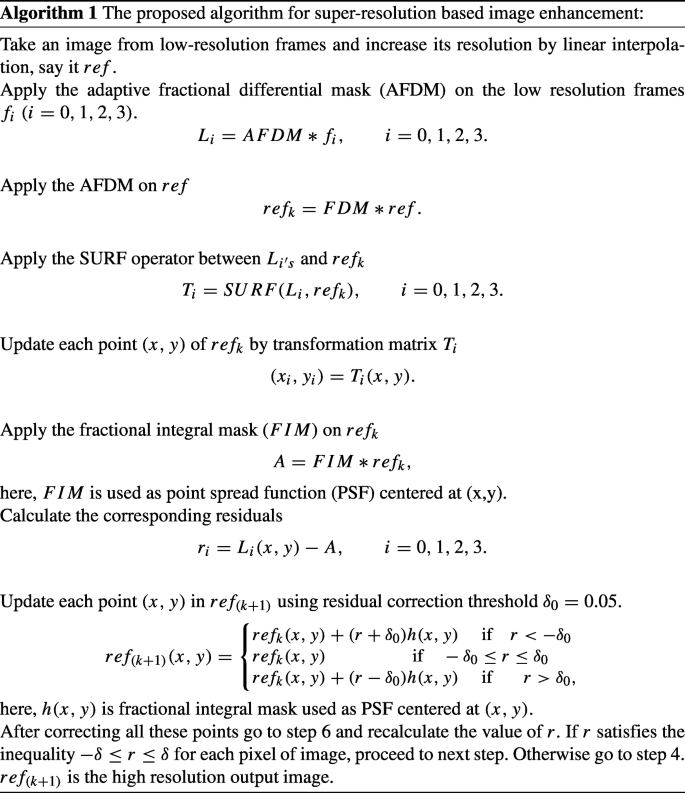
Looking at the third and fourth layers, at scales of three and four pixels, respectively, we still can see some larger noise structures, particularly on sky background areas. For example, look at the top right corner of the previous figure, on the scale of two pixels, compare it with the scale of one pixel, and verify that those bright things are not present on higher scales. There are also a few bright impulsional features that persist in the second layer. The second layer has also some relatively high-frequency noise, but obviously at a higher scale. Most impulsional noise features (hot and cold pixels) are also described by this layer. It is self-evident that the first wavelet layer contains most high-frequency noise. The results of this analysis can be verified on the following mouseover figure.
DENOISER 2 IGNORES MASK PLUS
With the window in preview mode, by selecting the five wavelet layers in sequence (four detail layers plus residual), we can identify the image structures contained by each individual layer. The small track bar below the Preview check box can be used to increase contrast of the previewed wavelet layer, if necessary. This has been done intentionally this way to protect you from applying a process in preview mode unadvertedly. Note that the À Trous Wavelets window, when working in preview mode, generates inverted images. Since we are working with a grayscale image, the Use luminance option is ignored however, for noise reduction on color images, the "Use luminance" option must be disabled, to allow for reduction of noise in both the luminance and chrominance of the image. Below is a screenshot with the À Trous Wavelets window as has been used to preview the different wavelet layers in this example.

The preview mode of the À Trous Wavelets window can be used for this task.
We start by investigating the contents of several wavelet layers. Of course, you may define as many previews as you need on the same image to try a processing strategy on relevant areas. It's a good idea to include both relatively bright and dark areas in the preview area, as well as objects of a wide variety of types. The first step is defining a preview on an interesting area of the image. These are default working options for the À Trous Wavelets processing window. We'll use the standard 3x3 Linear Interpolation scaling function and the Linear 1 scaling sequence. If you haven't done so far, we suggest you to take the time to read the documentation sections on wavelets processing before going on. The appropriate tools are the ATrousWaveletTransform process and its standard interface, the À Trous Wavelets processing window. Multiscale noise reduction can be applied very efficiently in PixInsight LE to deal with noise at small scales. In addition, some hot and cold pixels are also present as superposed impulsional noise. Small-scale noise is quite uniformly distributed.

This is more clearly seen by inspecting a small crop at twice its actual size: The image shows a considerable amount of noise at high spatial frequencies. Final Evaluation of Noise Reduction Results Small-Scale Noise: Multiscale Noise ReductionĢ.2 Noise Reduction with ATrousWaveletTransformĤ. Original Image: Fornax Dwarf by Daniel VerschatseĢ.


 0 kommentar(er)
0 kommentar(er)
